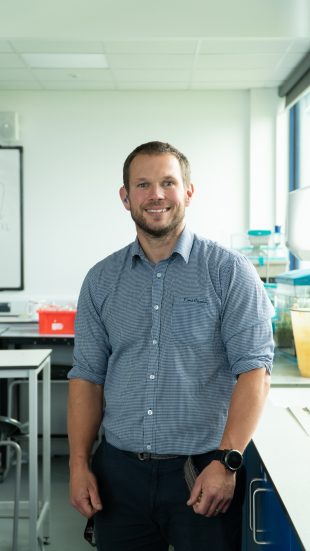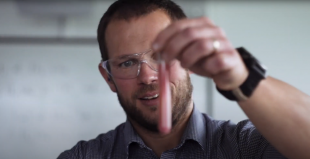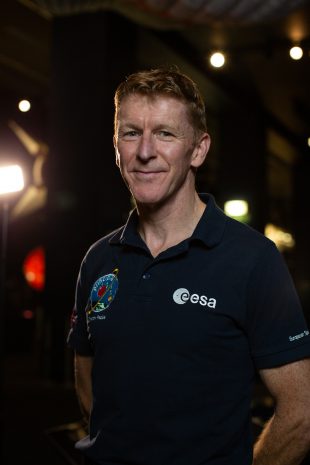
Space, and the objects (or lack of) found within it is something that seems to fascinate us as a species.
Now, the reason I believe this may be is because I am a scientist, and therefore tend to hang out and talk to people who are interested in the same things as me. However, in my personal experience as a science teacher, regardless of how a young person feels about my subject, every single one I have taught instantly becomes engaged when I mention space.
When I first started teaching I seemed to have the idea that lessons involving space were pretty much confined to when I taught the physics parts of the curriculum, with maybe a cursory mention during another lesson (if we got off topic).
Even then, space-based lessons would only get a limited outing amongst the myriad of other topics that I teach across an academic year. This has recently been reduced further with the removal of any mention of space from the GCSE Combined Science curriculum, something which I feel is a great shame.
However, as I approach my ninth year as a science teacher, it has dawned on me that space need not stay confined to only those classes who are pre-GCSE, or those students who are studying GCSE Physics as part of Triple Science.
Obviously, if I tried to build space into every lesson, students would soon get bored of it. However, I feel there’s loads of opportunity to use the idea of space and extraterrestrial worlds as an engagement tool for any area of science that we are trying to communicate with our students in any given lesson.
This may be as simple as an opening question about one of the planets in our Solar System; I recently built a GCSE Chemistry lesson on the different forms of carbon around the question “on which planets is it thought to rain diamonds?” (it’s Neptune and Uranus, in case you’re wondering!). Another easy application is to use re-entry as an example, albeit a pretty extreme one, of friction or air resistance (depending on who you’re teaching).

As a biologist I myself am fascinated with the search for life beyond Earth, and there are loads of opportunities to challenge your learners to explore the limits in which life can persist, and if it could indeed “be out there”.
This could be as simple as using a light microscope to see what life you can find in a puddle, or on a piece of moss. Both tardigrades and rotifers look pretty alien to my eye, and can be used to spark a discussion as to what adaptations these tiny animals must need to survive in these, potentially rapidly changing environments.
Another opportunity is instead of just examining photosynthesis in the context of what happens on Earth, challenge students to plan an investigation to see if it would be possible in the light levels found on the rocky moons of Saturn or Jupiter. I am well aware that it is impossible for students to fully recreate the conditions found on one of these moons in a school laboratory. However, you don’t have to tell students this. Set the planning stage as a research task, and challenge them to come up with any other factors you would need to take into account in this type of experiment.
Along the same lines, you can look for bacteria in extreme conditions on Earth. Depending what you have access to in school you can get students to look for and swab “extreme” environments (again let them decide the criteria), and see what you are able to grow. Conversely, you could get students to set up bacterial cultures which are then cultured under extreme conditions (again this depends what you have access to), such as lower or higher temperature or in the presence of chemical compounds found in extraterrestrial atmospheres. You can then compare these to those found on other planets of our solar system, or even those thought to exist beyond. This can obviously be linked to the planets discovered by previous or ongoing missions, such as the Kepler space telescope, or TESS.
Given my biology background, I know I have mainly focussed on my area of expertise, but I hope this gives you some idea of how themes associated with space can be interwoven into any scheme of work. Tim Peake's mission to the International Space Station allowed me to bring these ideas to life to the students I teach, and really hit home how close they can be to space. Allowing even the older students we teach to stay enthralled by the vastness of space.

Go to www.gov.uk/InspiredByTim for details on how to submit your entry on how Tim’s mission, Principia, inspired you. The lucky winner will have chance to speak to Tim Peake!
Get your entries in before 31 January.
Leave a comment